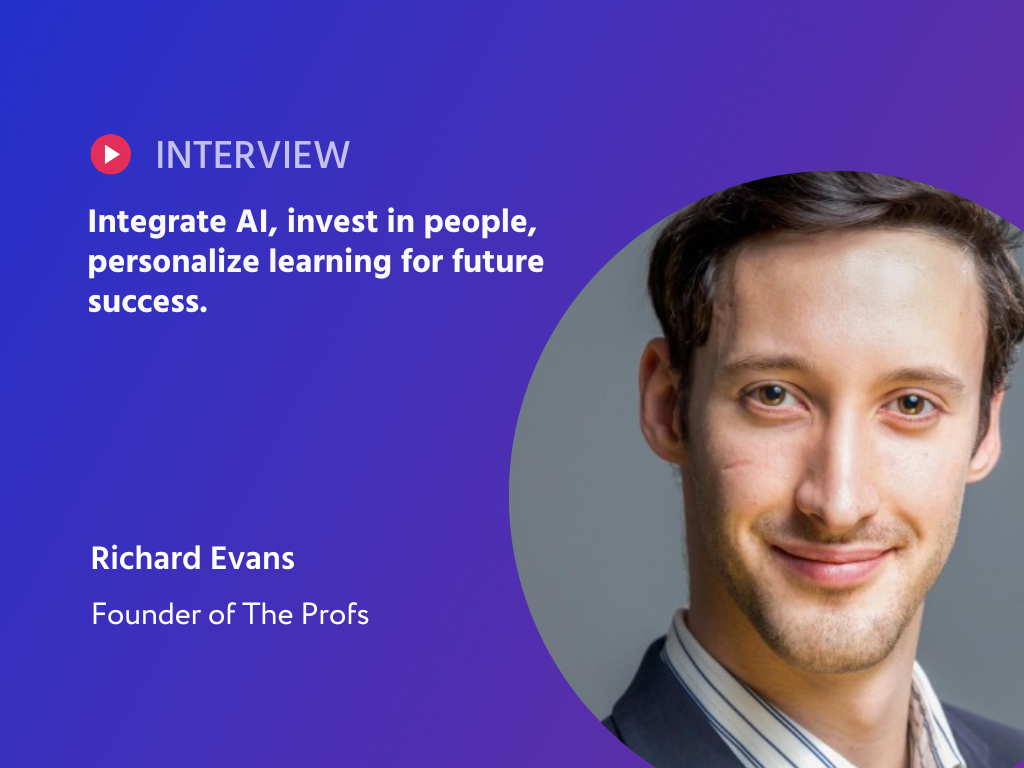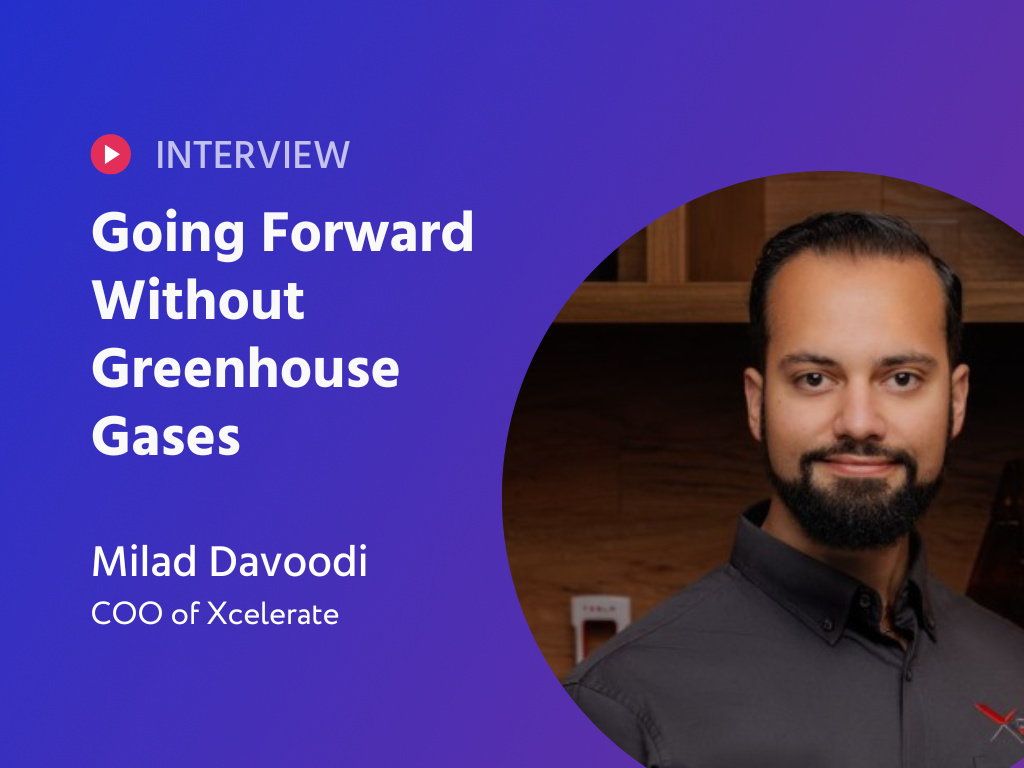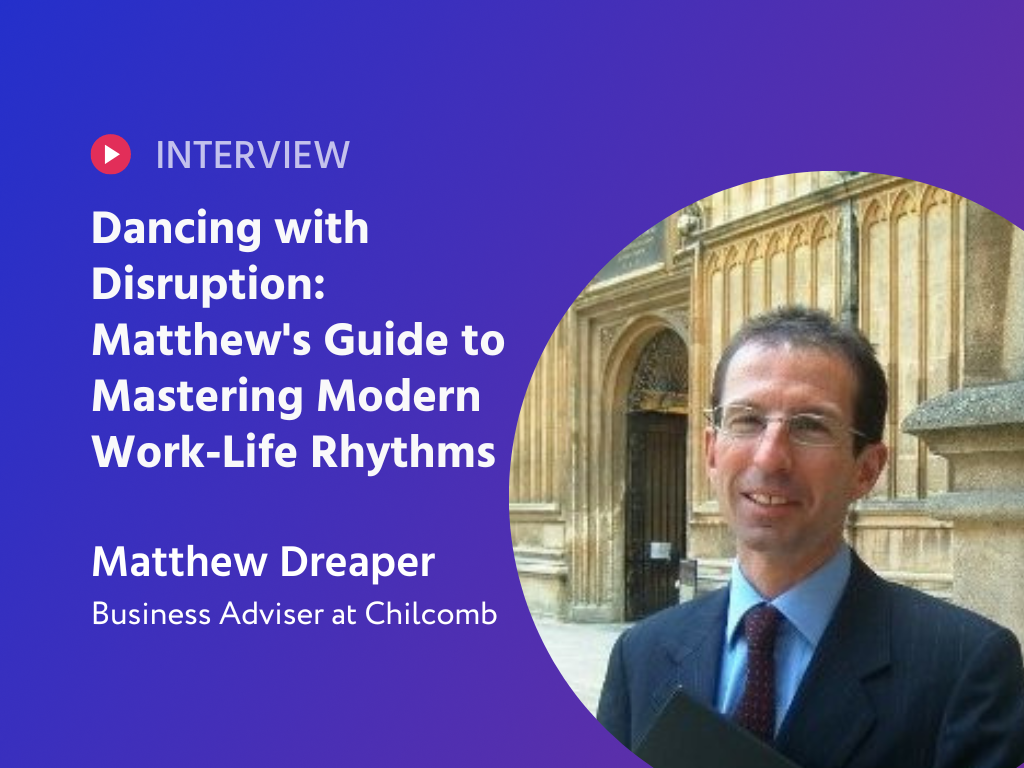In this edition of Bright Founders Talk by Temy, we’re thrilled to spotlight Elliot Boucher, the Co-Founder of Edusign — a fast-growing SaaS company reshaping digital administration in education. In our conversation, Elliot shares the inspiring journey of how a simple, frustrating experience with paper-based attendance sparked the idea behind Edusign.
What began as a small project targeting a seemingly niche problem has since evolved into a comprehensive administrative platform for higher education institutions. From bootstrapping a prototype without any software to pioneering dynamic QR code attendance systems, Edusign exemplifies the power of solving real problems with clarity and focus. With over 50 remote employees and clients spanning Europe and South America, the company now boasts €5M in ARR and continues to scale.
Elliot’s entrepreneurial path is one of bold decisions, like launching without a product and deliberately standing out in a traditional market. This interview dives into the lessons, mindset, and strategies that fueled Edusign’s unexpected growth. Join us as we explore how a well-defined value proposition and scrappy early hustle built the foundation for a category-defining edtech company.
“We Sold It Before We Built It”: How Elliot and Edusign Turned a Lost Sign-In Sheet Into a SaaS Success
Most startups start with a product. Elliot and his co-founder flipped that script completely. Before a single line of code was written, they were already selling Edusign to schools and organizations. “We didn’t even have a login system,” Elliot admits with a grin. They’d manually import data from emailed Excel sheets and populate the system by hand. It was scrappy, inefficient, and totally unscalable—but it worked. They were laser-focused on one thing: proving people actually wanted what they were offering.
We didn’t even have a login system
What sparked it all? Something as mundane as losing a paper sign-in sheet—twice. That moment of frustration turned into a lightbulb idea. Why was such a simple, repetitive task still stuck in the analog age in 2020? Elliot realized there was an opportunity to digitize attendance in a smarter way. They created a dynamic QR code that refreshes every five seconds, making it easy for students to check in via their phones—and difficult to cheat. What started as a fix for one problem snowballed into a full-fledged administrative platform used by schools across France and beyond.
Edusign now pulls in €5 million in annual recurring revenue, employs 50 remote team members, and supports clients across Europe and South America. But Elliot still remembers the early hustle. “We thought maybe we’d make €2K a month,” he recalls. “Turns out, it was a much bigger problem than we expected.” That humble underestimation might’ve been the key—because they focused on solving something real, and they solved it well.
“Don’t Give Me Solutions, Give Me Problems”: How Elliot Built Edusign by Listening Differently
When you ask Elliot how he handles feature requests, don’t expect him to whip out a roadmap. He’s not interested in jumping straight to solutions. Instead, he zooms out and digs into the why behind a request. “Don’t give me solutions. Give me problems to solve,” he says, summing up Edusign’s product philosophy. It’s not about checking off customer demands—it’s about understanding what really needs fixing. Often, what sounds like a feature request is actually a deeper problem tied to legal compliance, funding, or workflows buried in outdated habits. So Elliot and his team ask questions. Lots of them. What’s the task? Who does it? How often? And why?
This curiosity-driven approach has paid off, especially in a space like education, where digital tools often meet skepticism. Some teachers, Elliot admits, “just don’t want another tool,” especially those who’ve been burned by clunky tech in the past. That’s why Edusign keeps things ultra-simple for students and educators—even if the admin panel is packed with features under the hood. While the backend might be robust and feature-heavy, the front end is stripped-down and clean, built with adoption in mind. “We’ve refused ourselves a lot of features just to make it easy,” Elliot explains. And that restraint has helped them win over even the most tech-wary users.
We’ve refused ourselves a lot of features just to make it easy
Of course, institutions themselves can be a tougher nut to crack—especially the ones still glued to paper processes. But here’s where timing helped: COVID changed everything. Suddenly, digitization wasn’t a “nice to have” anymore. It was a must. “Now the question isn’t should we digitize—it’s how much will it cost and how hard is it to roll out?” Elliot says. Edusign’s job now isn’t to convince people they need the product—it’s to make sure it integrates smoothly, with minimal friction. That shift in conversation has made adoption easier than ever—and Edusign’s position in the market even stronger.
From Attendance to All-in-One Campus Life: How Elliot Plans to Reinvent the Higher Ed App
For Elliot, attendance was never the endgame—it was just the door in. With Edusign already handling a core administrative pain point in schools, the team saw an opportunity to go much bigger. After acquiring AppScho, a white-label mobile app provider, Edusign is pivoting hard toward becoming the mobile hub for student life. “We have this unfair advantage because we start with attendance—it’s mandatory, used by everyone, every day,” Elliot explains. From there, it’s a short leap to adding more daily-use features: communication tools, timetables, documents, surveys—even maps and mentor directories. The long-term vision? Students won’t even see “Edusign”—they’ll see their school’s own branded app, supercharged with modular tools.
We have this unfair advantage because we start with attendance—it’s mandatory, used by everyone, every day
But this isn’t just about bundling more features. Elliot’s betting on an ecosystem. Picture a kind of “app store for education,” where schools or third-party developers can plug into the platform with ease. Whether it's a payment system, financial aid portal, or AI-powered document checker, schools will be able to tailor their apps without bloating them. That flexibility is key to Edusign’s next stage of growth. Already used by 25% of higher education institutions in France, the platform is laying the groundwork to scale internationally—quietly, confidently, and in collaboration with trusted tech partners.
And yes, AI is part of the plan—but not in a flashy, hype-chasing way. Elliot sees AI as a quiet enabler of boring but critical tasks. One new feature, for example, uses AI to auto-validate absence justifications—no more email ping-pong or admin headaches. “It does everything automatically if you want, in a click,” Elliot says. The real revolution, he believes, isn’t just automation or personalization—it’s seamless synchronization. Instead of clunky, one-size-fits-all platforms, schools will finally get flexible, modular systems that actually talk to each other in real time. And that, for Elliot, is the future of EdTech.
“Pick the Worst Teacher”: Elliot’s Unfiltered Take on Data, Trust & Building Something That Works
GDPR might sound like a dry topic, but Elliot tackles it with a mix of pragmatism and eyebrow-raising honesty. Edusign has worked directly with CNIL, France’s data protection authority, and uses tools like Vanta to stay on top of ISO standards. But Elliot thinks the real key is transparency. “Schools don't really understand what they’re talking about most of the time,” he says. His team spends time explaining—not just complying—because buzzwords like AWS or GDPR can easily spark fear if not properly unpacked. They don’t sell user data, they train their team well, and they bake security into the product from day one. “It’s not hard to do,” Elliot shrugs. “It just takes a bit more time than it should.”
Schools don't really understand what they’re talking about most of the time
As for scaling, Elliot's excited about leveling the playing field. What once cost thousands—custom school apps, integrated digital ecosystems—can now be delivered for a few hundred euros, complete with features like timetables, surveys, and payment systems. That shift could be transformative, especially in under-resourced regions. But perhaps the most refreshing part? His down-to-earth take on product validation: “We ask them to pick the worst teacher they have. If even they like it—it’s a done deal.” That sort of no-nonsense, let-the-product-speak-for-itself approach runs through everything Edusign does.
Elliot's path hasn’t been shaped by flashy networking or startup hype. He didn’t spend time chasing clout—he spent it talking to over a thousand potential users. That, he says, is the secret. “You don’t need a platform. You don’t need technical stuff. You just need a good problem to solve.” And while he’s grown into a founder who wears many hats—intentionally firing himself from roles every six months—he still gravitates back to the product. “The further you get from it, the more you want to come back.” That’s what happens when you build something real: it keeps pulling you in.




